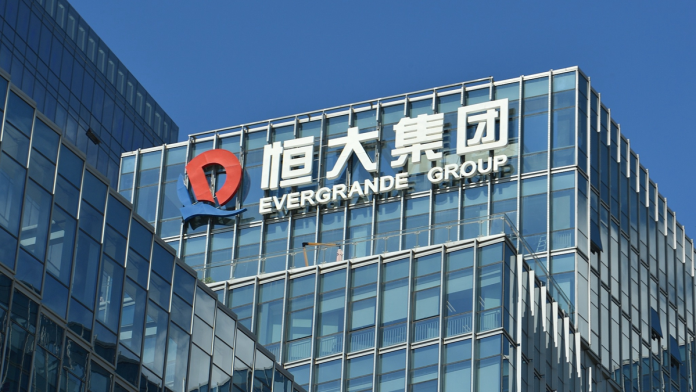China Evergrande, a company that was once one of the fastest-growing real estate developers in the country, is set to be removed from the Hong Kong Stock Exchange. The company made its public debut in Hong Kong 16 years ago and quickly became a symbol of China’s booming property market.
At its peak, Evergrande seemed unstoppable, building projects in hundreds of cities across China. Investors were eager to buy shares, and the company’s rapid growth made headlines around the world. However, this success was built on a dangerous level of borrowing. By the time the company collapsed in 2021, it had amassed over $300 billion in debt, making it one of the most indebted companies in history.
Evergrande’s collapse tested China’s “too big to fail” policy and exposed the risks of unchecked borrowing in the country’s property market. The company left behind more than 1,300 unfinished real estate projects across more than 280 cities, leaving hundreds of thousands of home buyers waiting for apartments that may never be completed. This massive footprint highlights just how influential Evergrande had become in shaping China’s property landscape.
Global trade realignment: US tariffs drive India-China-Russia $54 trillion partnership
The Challenge of Unwinding a Financial Monster
After the collapse, Hong Kong courts ordered Evergrande to be dismantled. A firm specializing in bankruptcies, Alvarez & Marsal, was appointed to manage the process. These liquidators are responsible for selling assets and paying back creditors, but the task is extremely difficult.
Evergrande’s business structure is extremely complex, with thousands of subsidiaries spread across China and overseas. Each subsidiary operates as a separate company, which makes reclaiming assets and distributing money to creditors a long and difficult process. So far, Alvarez & Marsal has taken control of over 100 companies and assets worth around $3.5 billion. But compared to the total claims of $45 billion from Hong Kong creditors, only about $255 million has been recovered.
Many creditors have taken legal action to reclaim their money, and dozens of Evergrande’s assets have been frozen. In some cases, investors or local authorities have taken over specific projects. However, the value of many assets remains uncertain, making it unclear how much creditors will eventually get back.
Legal Actions and Asset Recovery
In addition to reclaiming company assets, liquidators are pursuing legal action against former executives. This includes Hui Ka Yan, the founder and former chairman of Evergrande, his wife Ding Yu Mei, and the former CEO Xia Haijun. These cases focus on money and properties that were allegedly paid to themselves during Evergrande’s rise.
Court filings show that Xia Haijun owns several properties and luxury items in California, including a house in Irvine bought in April 2022 for $6.3 million. His wife reportedly purchased a mansion in Newport Beach for $14.5 million. Meanwhile, Hui Ka Yan was detained in 2023 and fined $6.5 million, facing accusations of “organizing fraud.” Xia Haijun was also fined $2 million and banned from financial markets for securities fraud.
These legal battles highlight the scale of financial mismanagement and excess at Evergrande. The company’s massive operations—with thousands of subsidiaries and projects in hundreds of cities—make the task of dismantling it extremely challenging. Liquidators continue to take control of subsidiaries and sell assets to repay creditors, but much of the company’s debt remains unresolved.
China Evergrande’s delisting marks the end of a major chapter in China’s real estate market. It leaves behind unfinished projects, unpaid creditors, and a stark example of how rapid growth paired with high debt can lead to financial collapse.
